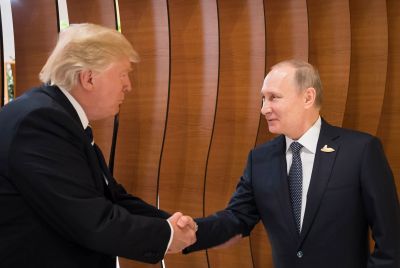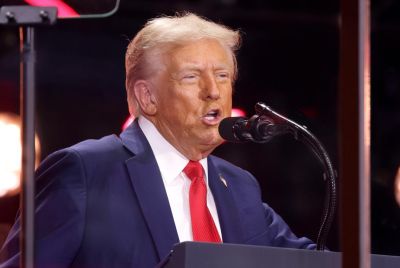Neda Agha-Soltan's death two years on: Why have Arab regimes copied Iran's brutality?

Two years after Neda Agha-Soltan was killed governments in the Middle East are still using brutality, lies and live ammunition to suppress street protests.
When Neda, a young Iranian woman, was shot dead during a peaceful demonstration against the Iranian regime, the first official announcement was that Neda wasn't dead at all. Apparently she had escaped unharmed and was resting in Greece.
The second theory advanced by the Iranian authorities was that it was indeed the CIA that decided to shoot her in order to foment unrest and destabilise the country.
Interviewed on CNN in 2009, Mohammad Hassan Ghadiri, the Iranian ambassador to Mexico then said:
"My question is that how is that this Nada was shot from behind and several cameras take that. And this is done in an area where there was no important demonstration. If the CIA wants to kill some people and attribute that to the elements of the government, and then choosing a girl would be something good for them because it would have much higher impact.
We say that the bullet that was found in her head was not a bullet that you could find in Iran.
These are the bullets that the CIA and terrorist groups use. Of course they warned that there would be bloodshed in these demonstrations and then they could attribute that to the Islamic Republic. This is part of a common act of CIA in various countries."
In contrast to Mr Ghadiri's allegation, it was Iran's supreme leader, Ayatollah Ali Khamenei that first declared in a long and hard-line sermon that the elections were valid and warned of violence if demonstrators continue, as they have pledged, to flood the streets in defiance of the government.
Opposition leaders who failed to halt the protests, he said, "would be responsible for bloodshed and chaos." We then all know what happened as the following day, the regime deployed thousands of security forces who brutally repressed the crowds, beating, imprisoning and firing live ammunitions at a peaceful crowd.
Then during his sermon on June 26, the Supreme Leader's appointed speaker Ayatollah Ahmad Khatamisaid that "evidence shows that protesters have done it themselves and have raised propaganda against the system."
On June 30 2009 however, Iran's police chief, brigadier general Ahmadi-Moghaddam told the press that the Iranian police and the Ministry of Intelligence filed an arrest warrant for Interpol to arrest Dr. Arash Hejazi, an eyewitness of Neda's death who tied to help her as she laid on the floor, for poisoning the international atmosphere against the Iranian government and telling misinformation about Neda's death by giving his account of the incident to foreign news media..
The next account came in July 2009, when Ezzatollah Zarghami, the head of the Islamic Republic of Iran Broadcasting told the press that the videos of Neda's death were all made by the BBC and CNN.
Finally, in December 2009, the Iranian state television aired a report about Agha-Soltan's death, portraying it as a western plot. The program argued that Neda simulated her death with accomplices, and that she was killed afterwards, having no knowledge of her partners' intentions.
Others allegations, all advanced by Iranian authorities include Neda behing killed by Dr. Arash Hejaziher and the music teacher who had accompanied her in the demonstration and Neda being an actress, equipped with stage blood, who had been murdered after the event to prevent details of the plot from leaking out.
The truth was far simpler and people at the scene of the shooting said Agha-Soltan was shot by a member of the pro-government Basij militia. The man who shot her was arrested by protestors at the scene and his ID was confiscated and later on handed in to the authorities, however unsurprisingly he was never found again.
In her death, Neda literally became the poster girl for the uprising, her face reprinted on placards and masks, her name invoked everywhere to reheat and focus public anger but she also became the symbol of a struggle against authoritarianism.
However two years on and both Ahmadinejad and Ayatollah Ali Khamenei are still in power. The lies advanced by the Iranian regime regarding the circumstances of her death are disrespectful and above all shameful. But what is perhaps the scariest is that recently, the same lies reappeared frequently in other Middle East regimes.
The west has been accused of financing armed gangs to support the revolutions and destabilise the countries in the region and protesters to make up videos showing security forces firing at the crowds.
Sadly, as regimes have continued to kill their own people to repress the protests, whether in Tunisia, Egypt, Libya or Syria, many died and continue to do so, just because they took their grievances to the streets.
© Copyright IBTimes 2025. All rights reserved.





















